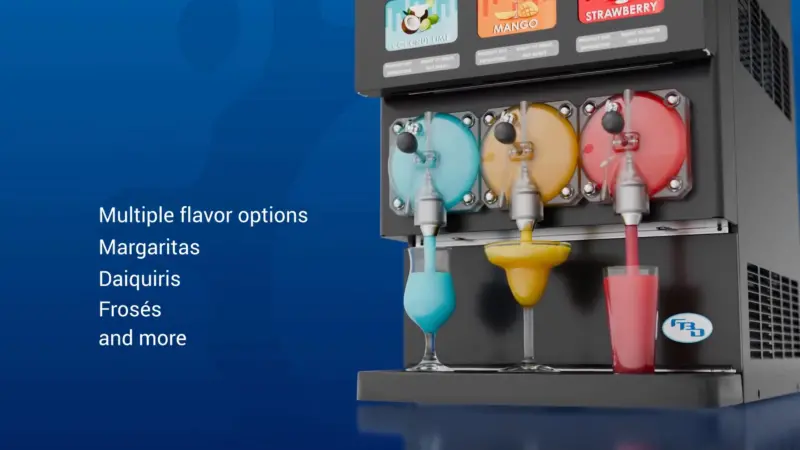Why Restaurants Are Historically Slow at Adopting New Technology
The restaurant industry has historically been slow to shift and adopt new technology. Ben Simmons, Co-founder and COO of Table Needs recalled a meeting in 2012 when a restaurant owner was considering building a website. Websites were pretty mainstream, but it shows an example of generalization. Today, as reported by Restaurant Dive, 77% of diners look up the restaurant online before visiting.
Table Needs, in simple terms, is a point of sale company. However, it’s much more than that. It interconnects multiple systems for seamless updates. It started as a QR menu company and has evolved into something bigger. Simmons compares it to the gap between Square and Toast. Most restaurant technology is disjointed. “There are all these different sectors of tech that flow back into each other. You gotta stitch together seven tools to get them to all work together,” said Simmons.
Table Needs focuses on small quick-service restaurants. It connects the online menu and the website, which allows management to make changes once but for that update to flow across the connected spaces. “Becoming nimble is a big asset in [times of] volatility,” pointed out host Barbara Castiglia. Table Needs focuses on a small segment of the restaurant market and covers all its needs in one product.
Simmons and Castiglia turn the conversation to how things changed during covid. Simmons noticed that the pandemic “increased the speed of adoption, still a lot of hesitancy within the restaurant space.” Restauranteurs want simplicity and reliability. What Simmons hears consistently from his clients is, “how simple can you make it and for it to just work?”
Table Needs sets every client up for success with an extensive and detailed onboarding process. The company takes care of set up details, inputting the menu, and training the staff.
“Ignoring this digital presence is just money left on the table,” said Simmons. It opens up an entirely different revenue stream from current customers. For restaurants ready to tackle new technology, they should consider small changes with the most significant impact. Alternatively, remove the barrier to entry. Restaurants grow when they get their product out there and build their brand.




